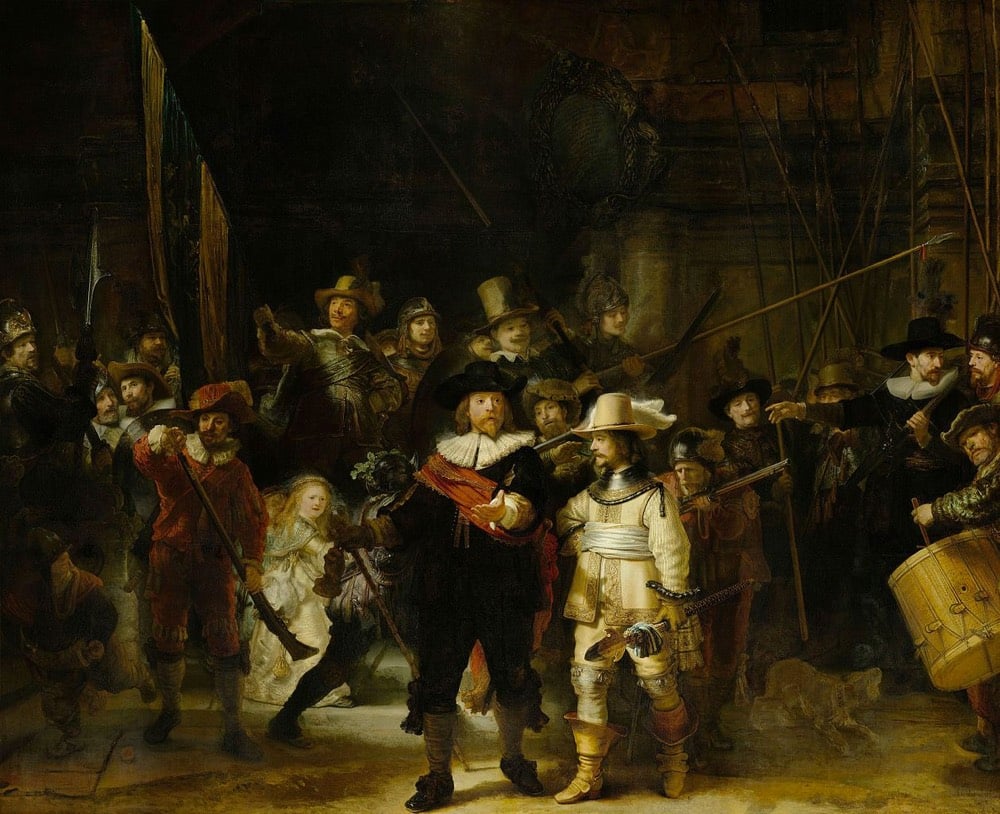Why The Night Watch Is Rembrandt’s Masterpiece
Ok folks, it’s time for some game theor- I mean, art history. In this video, Evan Puschak explains what makes Rembrandt’s The Night Watch so compelling from both a historical and artistic perspective.

When I was in Amsterdam last year, I saw The Night Watch at the Rijksmuseum. As Puschak notes, it’s an impressive painting — for one thing, it’s more than 12 feet tall and weighs more than 740 pounds. However, I was even more keen on a nearby early self-portrait though.

Rembrandt painted this when he was 22 and while it lacks the subtle mastery of his later work, I couldn’t stop staring at it and kept looping back for one more view. If you look at a larger view of the painting, you can see where Rembrandt used the butt of his brush to scratch the wet paint to accentuate his curly hair. Something about seeing those tiny canyons on the canvas…I could almost see the young artist standing right where I was, flipping his brush around to scrape those marks before the paint dried, making his dent in the universe.
P.S. My absolute favorite piece at the Rijksmuseum was Vermeer’s The Milkmaid. Holy moly, what a painting.





Stay Connected